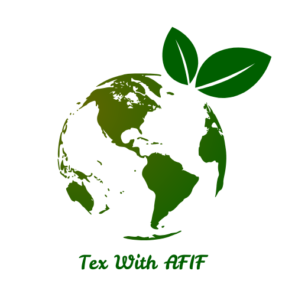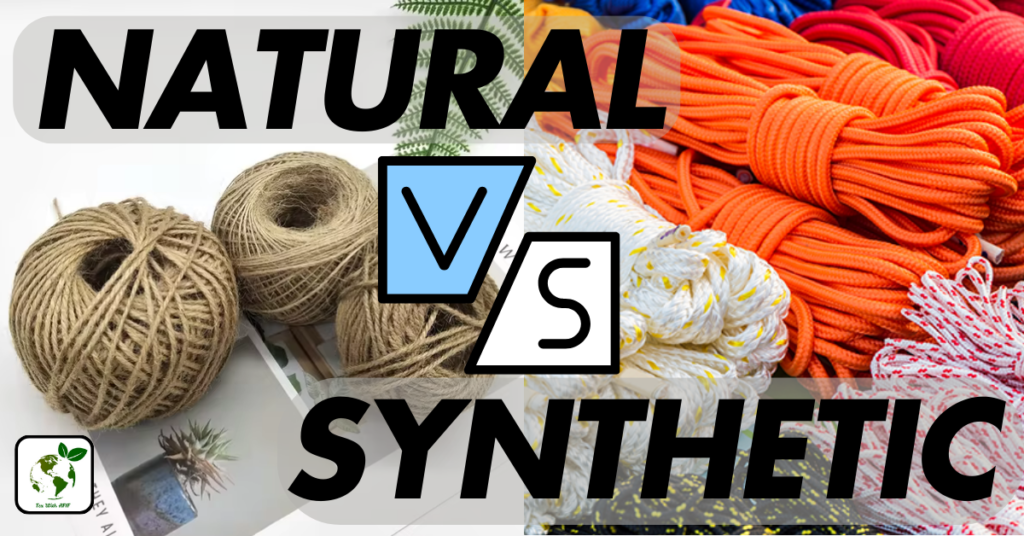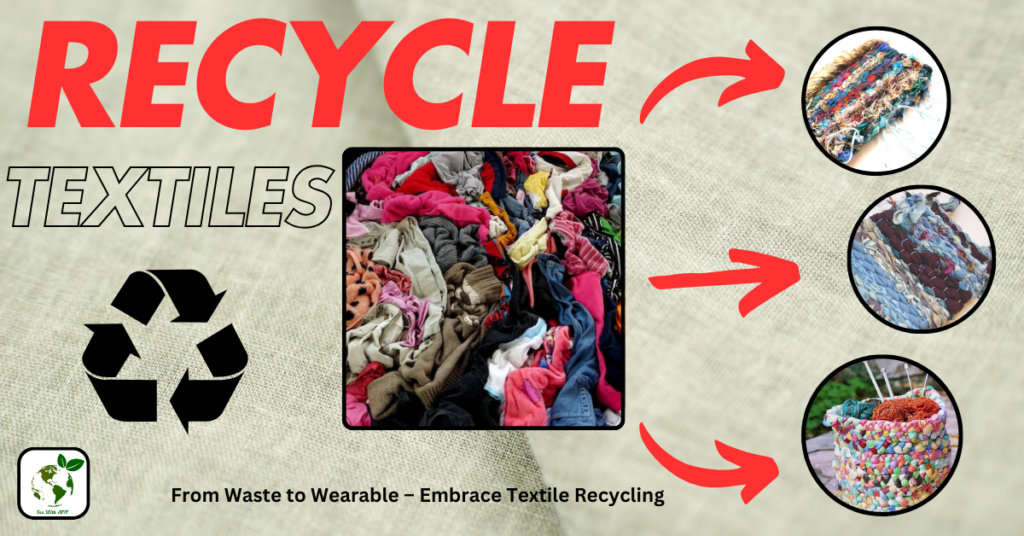Hello,well-wishers!! It’s me, AFIF AL TAMIM. Today I will discuss the process of making cotton yarn. Stay tuned.
From raw cotton to the final product, cotton yarn—a material that is both adaptable and widely used—goes through a rigorous procedure. We go over the entire process of making cotton yarn step-by-step below.
Planting and Collecting
Cotton fields, where cotton plants are grown, are where the process starts. Cotton develops into soft, fluffy fibers that envelop the plant’s seeds. The cotton is collected when it reaches maturity. This action can be taken:
- Manually: The cotton fibers are picked by hand, which is time-consuming yet guarantees little damage.
- Mechanically: making use of devices that expedite the procedure, such as cotton pickers.
The Ginning
Seeds, leaves, and dirt are among the contaminants found in raw cotton after harvest. The ginning procedure gets rid of these impurities.
- Mechanical Gin: The cotton fibers (lint) are separated from the seeds using a machine.
- Lint Cleaning: To get rid of tiny contaminants, the separated lint is cleaned even more.
Following its cleaning, the cotton lint is compacted into bales and delivered to spinning machines.

The Blow Room Method
The cotton bales are opened at the spinning mill, where the fibers are freed and mixed in the blow room. This procedure:
- Creates tiny tufts from the crushed bales.
- Eliminates big impurities like dirt and leaf fragments.
- Guarantees uniform quality by mixing fibers consistently.
Making cards
The cotton strands become a continuous web or sliver during the carding process. This is how it operates:
- Carding Machine: The fibers go through revolving drums with fine wire brushes in a carding machine.
- Fiber Alignment: The fibers are parallel to one another and straightened.
- Removal of Impurities: Any remaining short fibers and tiny impurities are removed.
The end product is a carded strand, which is a delicate, continuous strand.
Combining (Selective)
Combing is an additional step in the creation of premium yarn. By making the fibers smoother, longer, and more consistent, it eliminates short fibers and guarantees high quality. Cotton yarn that has been combed is stronger and softer.
Sketching
To increase uniformity, several slivers are joined and stretched throughout the sketching process.
- Doubling: It is the process of joining several slivers to form a single, consistent thread.
- Drafting: To further align the fibers, the composite strand is stretched.
A drawn sliver that is prepared for spinning is the end result.
The Roving
In the roving step, the slivers are slightly bent and further stretched. This action:
- Transforms the sliver into roving, a thinner strand.
- Prepares it for the final spinning by adding a small twist for strength.
Rotating
The last stage in turning cotton fibers into yarn is spinning. There are two primary approaches:
Spinning Rings
- After being stretched further, the roving is twisted into yarn.
- Produces yarn of superior quality and durability.

Spinning at the Open End
- A rotor receives fibers and spins them without roving.
- Quicker and less costly, but the yarn can end up being coarser.
Cones or bobbins are wound with the spun yarn.
Packing and Winding
To make handling and storing the spun yarn easier, it is wound into larger parcels. It goes through:
- Inspection: verifying quality and uniformity.
- Packing: yarn is packaged and tagged before being sent to textile producers.

Conclusion
Cotton yarn is produced using a combination of conventional methods and contemporary technologies, guaranteeing superior outcomes.Whether for warm-weather clothing, accessories, or household items, cotton yarn remains a reliable and eco-friendly choice for both beginner and experienced crafters. Every stage, from the fields to the spinning mills, is essential to producing the fine cotton yarn that is utilized in a vast number of textile items all over the world.




Pingback: How Spider Silk is made? Process-Fiber formation 2025